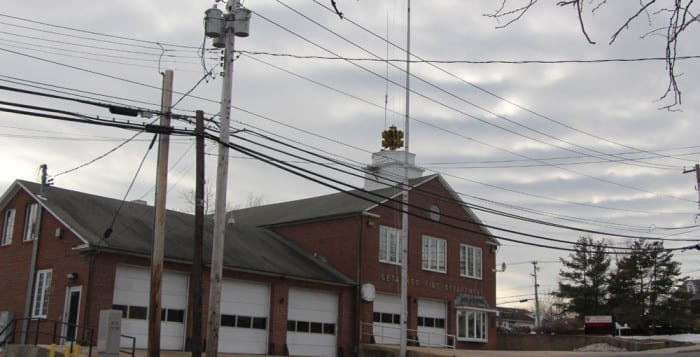
By Charles MacGregor
Last year, Congress passed bipartisan legislation to amend the Toxic Substances Control Act, giving the United States Environmental Protection Agency a few new tools to help better regulate chemicals and protect human and environmental health. Among those tools was a requirement to have ongoing risk evaluations for chemicals to determine their risks to people. When the agency released its list of the first 10 chemicals slated for review, it was a parade of hard to pronounce names that would leave the average person scratching their head, but the list also included a common name with a long history in the United States.
Fifty years ago, when it was in its heyday, asbestos was found in products throughout the home. Vinyl flooring, furnace gaskets and cement, roofing shingles and even crock pots and ironing boards were all known to contain the mineral. Asbestos performs well when it comes to resisting heat and was often included in products used in applications where a lot of heat would be generated. But the material also carries a dark secret in that it’s capable of causing several awful diseases, including asbestosis, a chronic lung disease, and mesothelioma, an aggressive cancer affecting the lining of the lungs.
Mesothelioma is an especially awful cancer because it’s often aggressive and displays symptoms that could be mistaken for a variety of illnesses. By the time it’s actually diagnosed, however, mesothelioma is usually in its later stages when the prognosis is extremely poor and there aren’t many options for treatment. Unfortunately, for many people battling the disease, they weren’t exposed recently, but rather decades ago while working in manufacturing, mining or in the military. Invisible asbestos fibers can become airborne when products are damaged and pose a significant threat of inhalation or ingestion.
When the TSCA was signed into law, asbestos was heavily regulated and its usage has since steadily declined. But when the EPA tried to finally put an end to asbestos in 1989, the final rule banning the material was overturned by the Fifth Circuit Court of Appeals two years later due to a lack of “substantial evidence” despite tens of thousands of pages accumulated during a 10-year study. After the colossal failure to ban asbestos, the EPA didn’t attempt any additional bans using the old TSCA rules.
The reason the asbestos evaluation matters so much is because these amendments to the TSCA are supposed to ease burdens and make it easier for the EPA to react swiftly to regulate and ban chemicals that are too dangerous for people. It matters because there is proposed legislation known as the Regulatory Accountability Act that would, in essence, resurrect some of the same barriers intentionally removed from the regulatory process. In the case of asbestos, this could delay a possible ban by years while the agency sifts through red tape and challenges from industry lobbyists. A massive cut in funding to the EPA would severely cripple the agency and force it to do more with less, when it can barely keep up with the work it does now. And President Donald Trump’s (R) “2-for-1” executive order, which forces agencies to remove two rules for every new one added without any additional costs, is a direct assault against our health. It forces agencies to pick and choose what rules get enforced and puts the balance sheet above our safety.
The EPA is under a lot of stress, but we also need to understand that the failed asbestos ban nearly 30 years ago is a cautionary tale. If there’s any hope of seeing the material banned, the stars have to align. There’s still an air of cautious optimism, but the deck is heavily stacked against it.
Visit www.mesothelioma.com for more information.
Charles MacGregor is a Community Engagement Specialist with the Mesothelioma Cancer Alliance. He works to raise awareness about environmental policies related to the continued use of asbestos.





